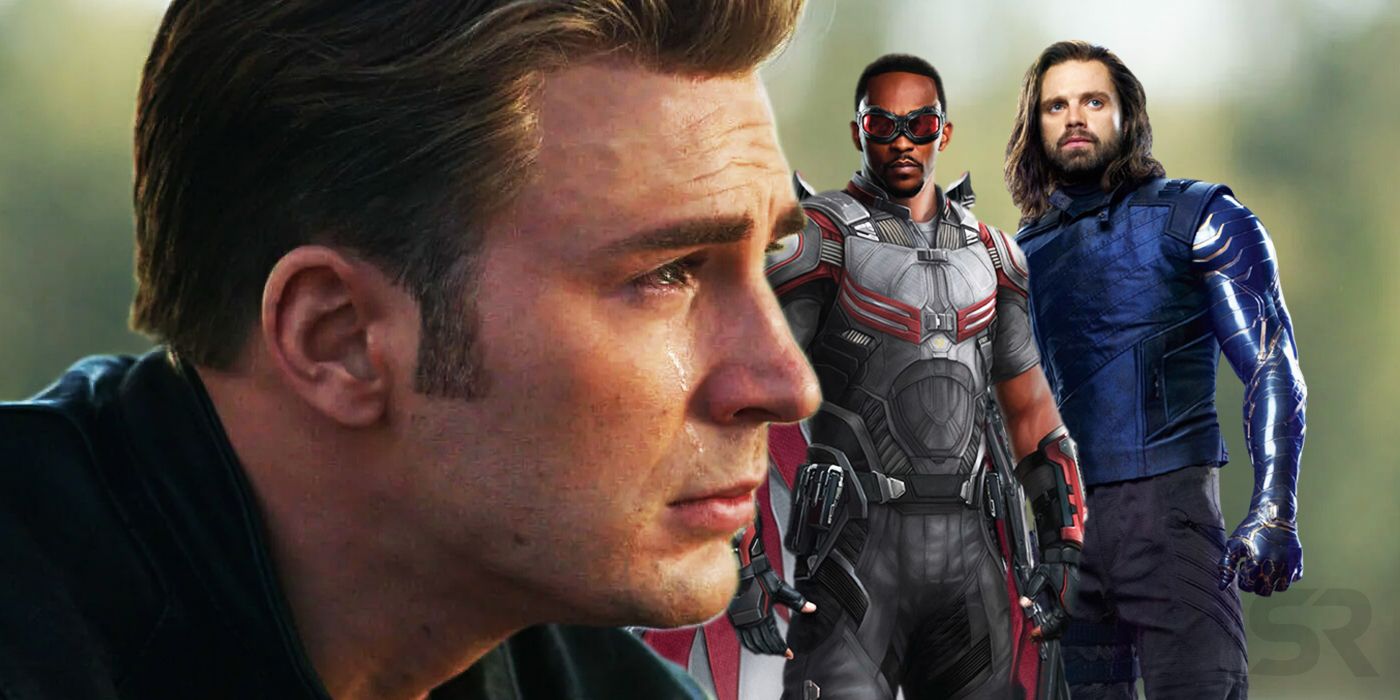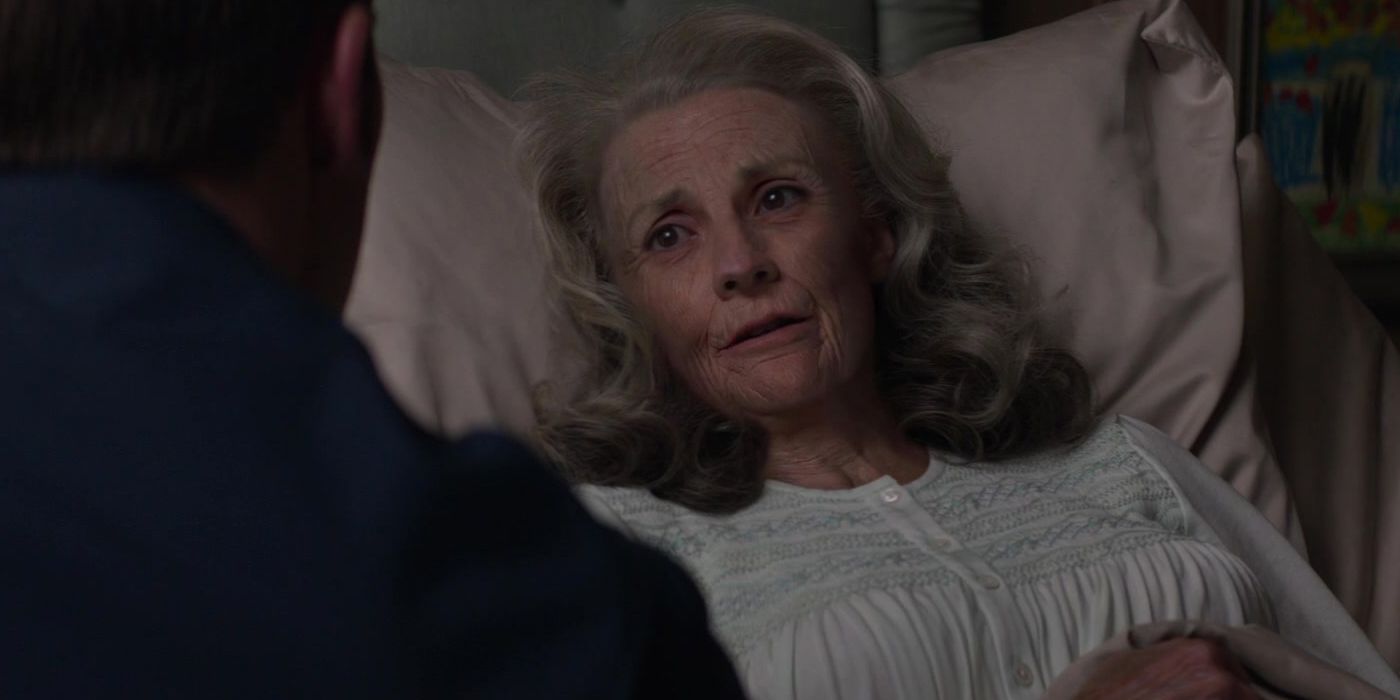Warning: This article contains SPOILERS for Avengers: Endgame.
Avengers: Endgame's big final reveal was that Steve Rogers/Captain America went back in time and lived a full life with Peggy Carter. Many have debated if this was an alternate timeline Peggy, although the big question many fans are asking is whether it was actually Chris Evans who played the role?
After the Avengers beat Thanos, Captain America had to return the Infinity Stones back to the past to prevent any more splinters in the main MCU timeline. However, when his mission was complete, instead of jumping straight back, he reunited with Peggy for their long-overdue dance, only appearing in the present as a much older man.
So did Chris Evans also play the older version of Captain America? The answer is yes, mostly. As confirmed by Avengers: Endgame directors Joe and Anthony Russo to EW, old Steve Rogers was all Evans done up with a mix of physical prosthetics on his face and digital alterations. They also used CG to polish the overall look which can't be done by practical make-up alone such as shrinking his neck and overall physique so that they resembled that of an elderly man. There wasn't any modulation when it came to the character's voice, however; Evans made adjustments to his natural speaking tone to mimic an older manner of speaking.
This process of changing actors' ages isn't new for Marvel Studios. Since Michael Douglas' 1989-era Hank Pym in 2015's Ant-Man, they've become well-known for their CGI deaging, with examples including Robert Downey, Jr. in Captain America: Civil War, Kurt Russel's Ego in Guardians of the Galaxy Vol. 2, Michelle Pfeiffer's Janet van Dyne in Ant-Man & the Wasp and more extensively with Samuel L. Jackson's Nick Fury and Clark Gregg's Phil Coulson in Captain Marvel. However, they've also aged actors up, best seen when Captain America: The Winter Soldier transformed Hayley Atwell into older Peggy.
The procedure for Atwell and Evans are very similar, but it was more digital for the former. According to FX Guide, the actress was first filmed with no make-up, then did additional shoots with old age prosthetics and make-up applied. They then carried out a digital facial re-projection of the "old age make-up Atwell" onto her original body, but the end result didn't meet the look that they want to get. On their second try, they transposed the facial features of an elderly actress who mimicked Atwell's performance. This was a tedious process and wasn't the most practical for old Captain America since there were a lot of movements in Evans' performance that would've taken more time to perfect using CG alone.
Having Captain America exit the MCU as a mixture of Chris Evans and CGI is rather fitting considering that's also how he was introduced. For the first act of Captain America: The First Avenger, Steve Rogers was a scrawny kid from Brooklyn, with Evans' head edited onto a smaller frame.
What all these examples show is that, as impressive as the technical means to change how characters look, praise must still go to the actors. In Avengers: Endgame, Chris Evans still played Captain America as an old man fully. His body language and subtle movements sold the whole idea without it falling into uncanny valley. It was a long process to achieve that look but if Marvel Studios ever plans on featuring more old Captain America, they definitely can.



